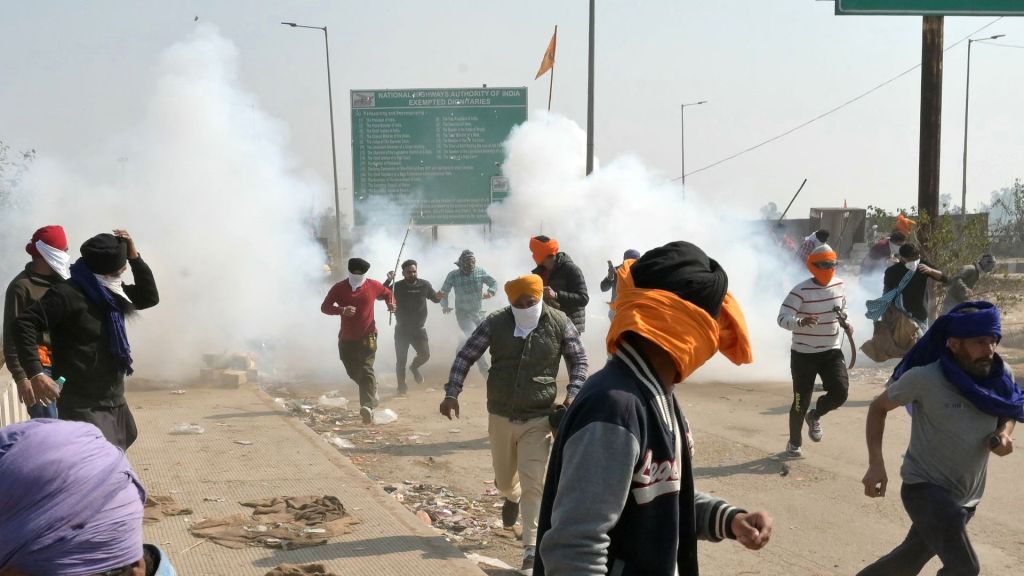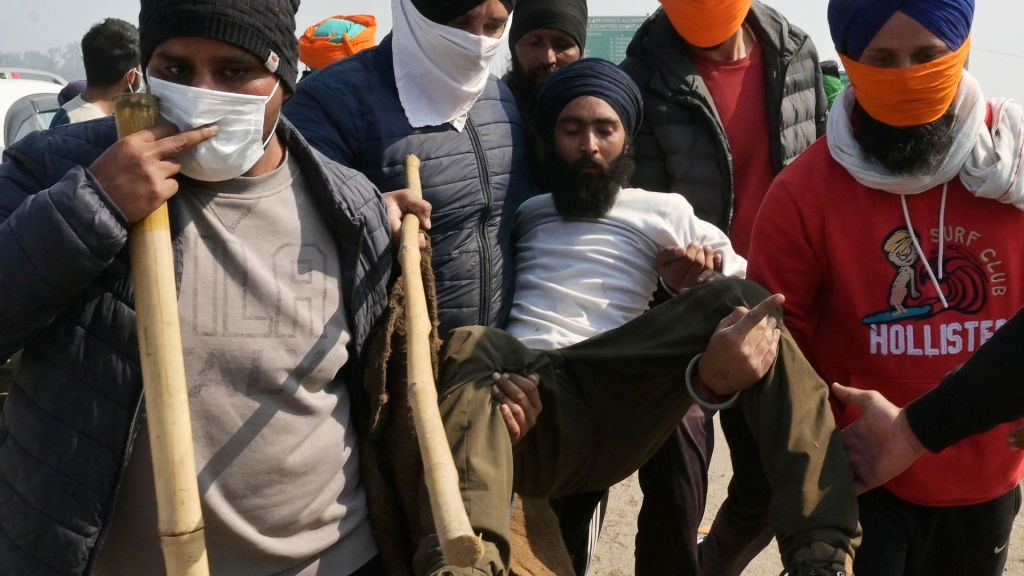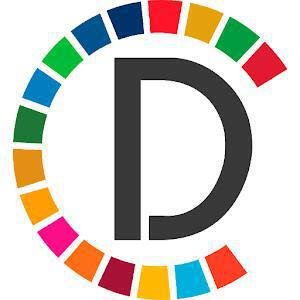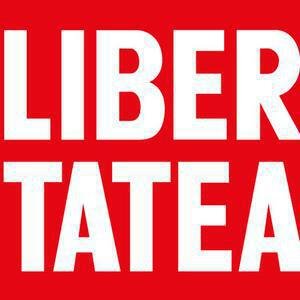Tractors have flooded the streets across Europe as farmers continue to protest over a grocery list of complaints, including high production costs. With some protests beginning as early as the spring of 2023 in Europe, more tractors in more countries are trading fields for pavement. In India, protesters are clashing with officials as tens of thousands of farmers try to make their way to the capital, New Delhi, over a different set of grievances.

“Security forces are throwing tear gas shells from the other side. Landowners and farmers are sitting here,” Balbir Singh, a farmer, told reporters. “Some of the people are being moved as they have sustained injuries. People have hurt their eyes, legs, a lot of damage has been caused.”
As authorities reportedly drop tear gas from drones, detain protesters, and cut off internet, farmers unions in India said they don’t want to clash with police. Still, union leaders added that they would not stop making their way to the capital until their demands were met.

The protest on Friday, Feb. 16, is related to protests from 2021 when farmers camped in New Delhi for more than a year, demanding that India’s government guarantee minimum crop prices and throw out what were newly introduced agricultural laws.
India’s government sets minimum “support prices” for 20-plus crops every year, but the government only buys rice and wheat at those set prices for its food welfare program. Reuters reported that the practice helps just 7% of India’s farmers.
As a result of the record-breaking protests in 2021, Indian Prime Minister Narendra Modi’s administration promised to set up a panel of farmers and officials to ensure guaranteed minimums for all crops, but farmers now accuse the government of not following through on that promise, or at least taking too long to.
In 2016, Modi also promised to double farmers’ wages by 2022, but farmers said that had not happened either, and with cultivation costs rising over the last few years, farming in India has become unprofitable.
While the protest will affect farming production, it also could affect an upcoming election as Modi looks to maintain his seat as prime minister. Farmers represent a large, influential group of voters as most of India’s population lives in the countryside. Still, experts concluded that what farmers in India are asking for — all produce to be bought at state minimum support prices — is not viable.
Meanwhile, back in Europe, protests against the European Union’s climate change policies, the rising cost of farming, and what farmers say is unfair competition from other countries like Ukraine, are expected to continue. In Poland, as a part of a 30-day farmers’ strike, farmers are expected to block all border crossings between Poland and Ukraine beginning on Tuesday, Feb. 20.





















































![Russia Today [🇷🇺-affiliated] logo](https://groundnews.b-cdn.net/interests/d3a6b2444d4740f3e75a430e54a0cb4d24ee6cc6.jpg)











































